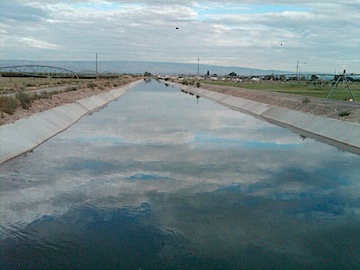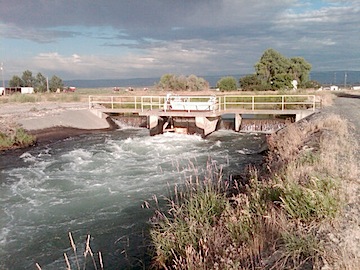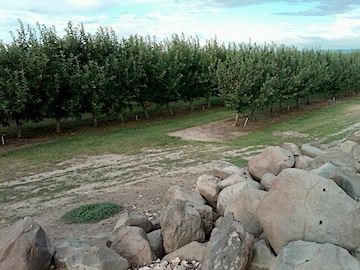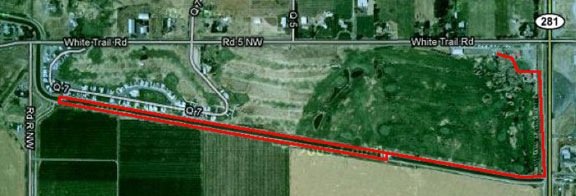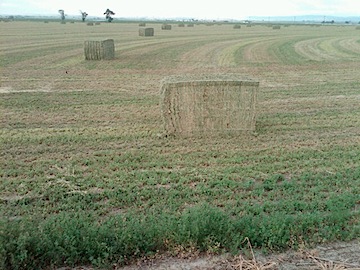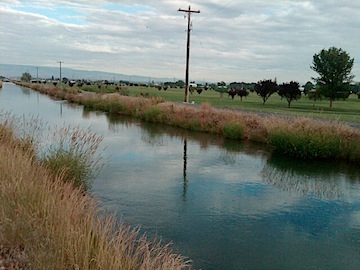It really isn’t that bad.
When I left the golf course RV park in Quincy last week, I also left behind the incredibly frustrating Internet service I’d been stuck with there. I knew that wherever I camped on or near the orchard belonging to my last client of the season, WiFi access would not be an option. (Heck, I didn’t even know for sure if I’d be able to get an electric or water hookup.)
I’ve had Bluetooth tethering capabilities on my Verizon Wireless service for more than 3 years now. It costs me $15/month extra for unlimited bandwidth. (Don’t look for that plan now, folks; current plans all cap the bandwidth; I’m grandfathered in.)
Tethering, in case you’re not familiar with the term, involves introducing your computer to your Bluetooth-enabled smartphone to pair them wirelessly via Bluetooth. Your computer can then use your phone to “dial into” the cell phone provider’s Internet service. This is referred to as dial-up networking or DUN. Once connected, you can surf the Web, send and receive e-mail, and do just about anything else you could do if you were connected by WiFi. The connection isn’t fast, but it isn’t agonizingly slow, either. The only drawback is that when an incoming call connects, you can’t work online. But when you hang up, you can continue working — a feature I just discovered today.
The image below shows what the right end of my computer’s menu bar looks like when I’m connected. The modem menu shows connection time; in this example, only 12 seconds. The Bluetooth menu shows that I’m connected to a Bluetooth device (my BlackBerry). I keep AirPort turned off because there aren’t any WiFi networks around and keeping it turned off saves a tiny bit of battery life. When I want to disconnect, I choose Disconnect Bluetooth DUN from the Modem menu. After a “disconnecting” message scrolls by a few times, the connection is severed and the timer disappears. To connect, I’d choose Connect Bluetooth DUN from the same menu.
![]()
(If you’re interested in how-to information about DUN, check out “Setting Up Your Mac to Use a Smartphone’s Internet Connection,” which I wrote for InformIT a while back. It should still be up-to-date enough to be useful.)
I used tethering for most of my Internet access the first season I was in Washington state. Back then, I’d arranged for Internet service but it was disconnected because an involved party had been beaten with a stupid stick. I fell back to DUN for access and was glad I had it.
Back then, however, my computer and cell phone didn’t talk to each other very well. I had a Treo 700p in those days and maybe that was part of the problem. If an incoming call disconnected me, I’d have to do a battery pull on the phone, restart the computer, and repair to get a new connection set up. It was a pain in the butt so I tended to stay online for very short periods of time, dreading the possibility of an incoming call.
The memory of that has stuck with me. But either my BlackBerry Storm (v1) is more gracious about disconnections or Apple has improved its Bluetooth connection routines in Snow Leopard because I’m not suffering the same symptoms. If I get an incoming call, I tell my computer to disconnect, talk on the phone, and then reconnect easily when done. No battery pulls, no computer restarts.
As a result, I’ve been staying connected for as long as an hour at a time.
 Mind you, I’m camped on a construction site across the street from a cherry orchard 8 miles up a canyon from Wenatchee, WA. (The tiny red X on the map marks the approximate spot.) It’s amazing to me that (1) my cell phone works so well up here, usually giving me five [legitimate] bars and (2) I’m able to stay connected to the Internet for so long.
Mind you, I’m camped on a construction site across the street from a cherry orchard 8 miles up a canyon from Wenatchee, WA. (The tiny red X on the map marks the approximate spot.) It’s amazing to me that (1) my cell phone works so well up here, usually giving me five [legitimate] bars and (2) I’m able to stay connected to the Internet for so long.
But — and I hate to rub this in for all the iPhone devotees out there — I chose Verizon and skipped the iPhone thing because I often go to places like this and I often need tethering for Internet access. Does AT&T have coverage here? Maybe. Does the iPhone offer tethering without a complex, warranty-voiding jail-break? No.
Yes, it’s a pain in the butt to have to literally dial in every time I want to connect to the Internet. But for $15/month unlimited access, I can live with it — at least until I get home.

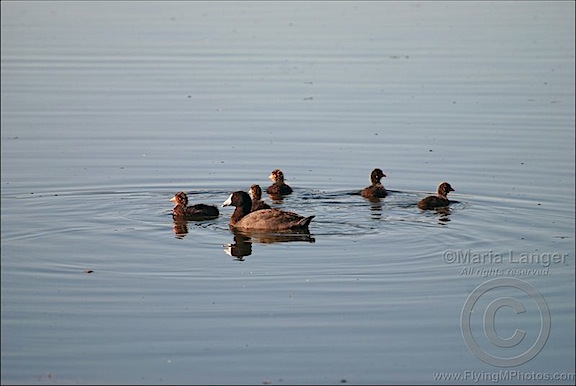

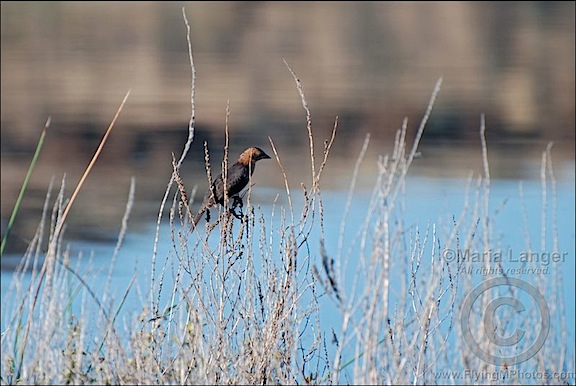
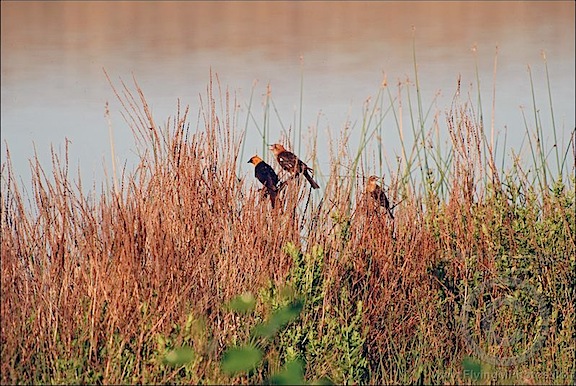

 My friend met me at the airport. He’s a helicopter pilot too and he’s also in Washington to dry cherries. His helicopter is parked at an orchard. There were two other R44s parked in a field at the airport and I parked with them. But I didn’t bother shutting down. I invited my friend to join me for a flight further up the river to Brewster, where another friend of mine’s old Sikorsky S55T (and that T stands for “turbine”) is recovering from a mishap last season. We flew up the river, pointing out all the orchards we’d dried in the past along the way.
My friend met me at the airport. He’s a helicopter pilot too and he’s also in Washington to dry cherries. His helicopter is parked at an orchard. There were two other R44s parked in a field at the airport and I parked with them. But I didn’t bother shutting down. I invited my friend to join me for a flight further up the river to Brewster, where another friend of mine’s old Sikorsky S55T (and that T stands for “turbine”) is recovering from a mishap last season. We flew up the river, pointing out all the orchards we’d dried in the past along the way.
